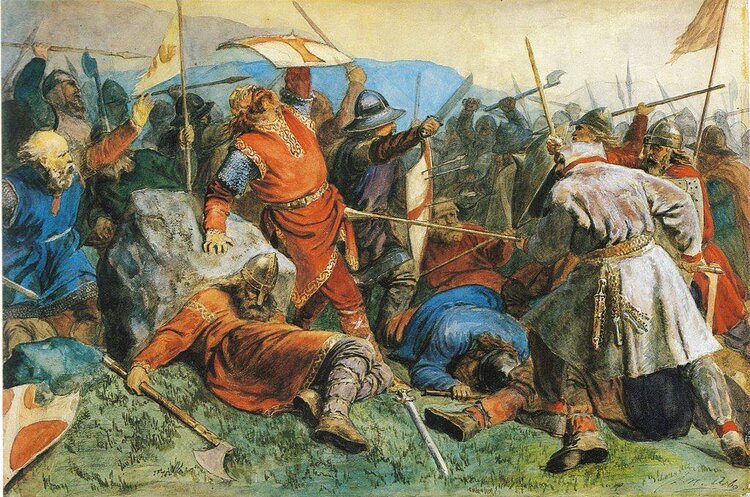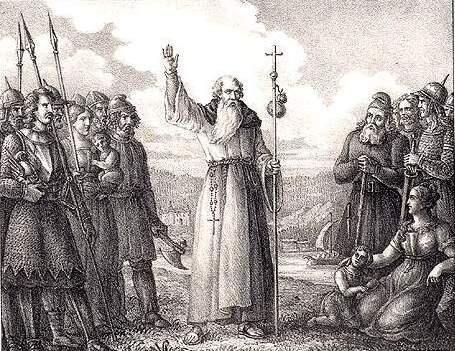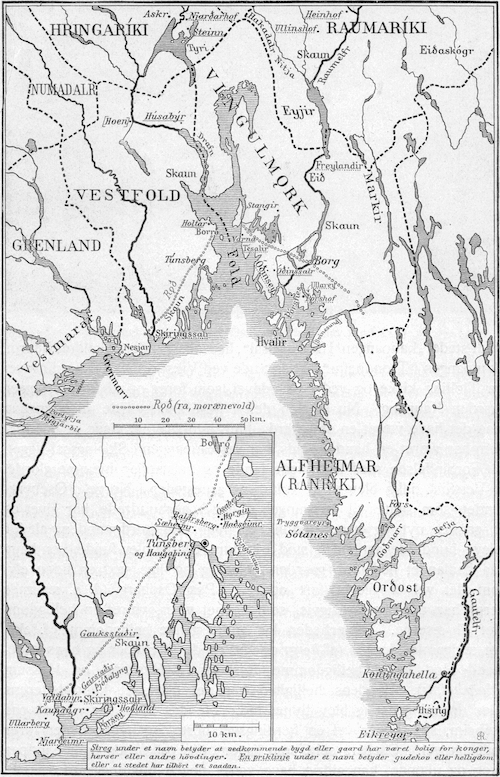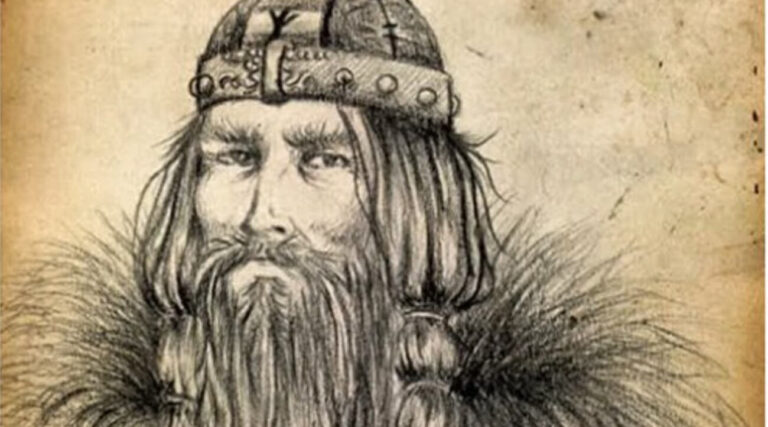Societal structure and social class. They are those storytelling elements that can affect plot, character, and setting. But what happens when the social hierarchy is not so clear?
I have been researching and writing Viking historical fiction for two decades. While we know enough to write compelling stories about these people, there is much we still need to know about them and their social hierarchy. The one thing we do know is that social structure was important; hence, it cannot be ignored, at least as a backdrop to Viking historical fiction.
If you read many of the sources, you’ll see a relatively straightforward set of classes in the Viking Age, which looks something like this:

The image can certainly be used as a general guideline, but as with everything, the devil is in the details. For example, medieval Scandinavia was, for many years, broken into a number of petty kingdoms. Were these kingdoms always ruled by “jarls”, or were they ruled by self-styled “kings”? If the latter, when did the title of “jarl” come into effect, and what powers came with it? How much more power did a king possess than a jarl? In Iceland, we know that the people elected “chieftains”. Why not jarls or kings? Understanding these nuances is important.
Within the “karl” class, you see smiths, fishermen, traders, “bonders” (or farmers), shipbuilders, carpenters, etc. But how likely was it for a karl to rise up to the level of jarl, and how might they do that? And what about a slave, or “thrall”? Could they be freed? If so, how?
Society, of course, also has sub-structures with their own hierarchies. In Viking times, there was a religious class headed up by priests, but beyond that, we don’t know much. For instance, were there novices too? Were there women priests? The sagas reference seeresses. Were these also priestesses? What’s more, in what is now Norway, the title “godar” seems to be synonymous with priests, whereas in Iceland, “godar” may also have been chieftains who had priestly functions.

There was also a military class, headed up by the nobles, but primarily consisting of the nobles’ household guards, or “hirdmen”. From the sagas, we know that a hirdman’s social mobility was driven primarily by their deeds; but how did one become a hirdman? New research suggests that women could also be warriors; but did they co-exist with their male counterparts in a noble’s hall or did women warriors stick together? These things seem subtle but are important for defining the world in which your characters live.
So why do I write this? Because a person’s place in their hierarchy, and his or her ability to move within that hierarchy, are key components of who they are as individuals and why they act the way they do. A writer of historical fiction must have a clear vision of what that structure looked like in order to shape the worlds they create and the characters that populate that world. If your research produces few details, create something that seems plausible based on the facts you can unearth. The reader will forgive plausibility. They won’t forgive factual inaccuracies.
Happy writing!
Sign Up
Sign up to have new blog posts and other free content delivered to you monthly!




